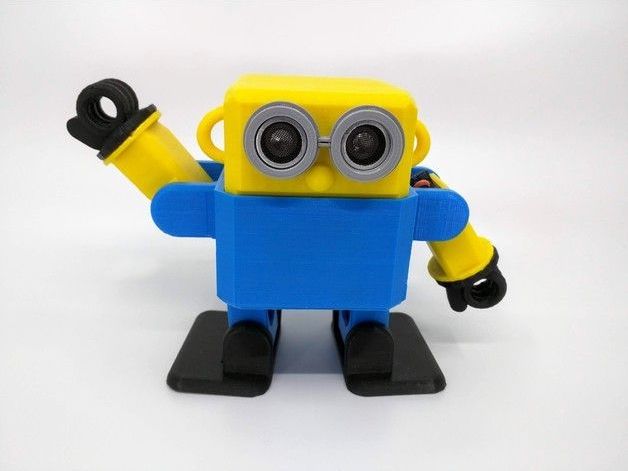Get the latest international news and world events from around the world.

Is the polyglot brain different? MIT researchers are trying to find out
There are more theories than facts about polyglots. Because internet lists of polyglots identify mainly men, there’s the belief that the male brain is more predisposed to multilingualism. Others believe that polyglots are disproportionately gay and/or left-handed.
These unfounded theories infuriate Ev Fedorenko, a cognitive neuroscientist at the Massachusetts Institute of Technology (MIT). Her lab is conducting a study seeking to dispel them and establish a basic understanding of how the polyglot brain works.
Recently, a polyglot named Susanna Zaraysky submitted to a two-hour session of tests inside an fMRI machine. Zaraysky speaks nine languages, most of them the usual suspects — French, Spanish, Portuguese, Russian — but also Ladino, the version of Spanish spoken by Jews who were expelled from Spain in the 15th century.

Science Channel star ‘Mad Mike’ Hughes dies while attempting to launch a homemade rocket
Science Channel star “Mad Mike” Hughes died during an attempt to launch his homemade rocket Saturday.
“Our thoughts and prayers go out to Mike Hughes’ family and friends during this difficult time. It was always his dream to do this launch, and Science Channel was there to chronicle his journey,” the Science Channel said in a statement.
Hughes was scheduled to launch his homemade rocket for a new Science Channel series called “Homemade Astronauts,” according to the Discovery Channel website.
Smarticle robots built from smaller swarming robots
Swarming 3D printed smarticles unlock new method of robot locomotion and may be able to form load-bearing structures
An accidental discovery about construction staples led to the development of the swarming robots. Nick Gravish, a doctoral student at Georgia Tech working on a project with the Army Research Laboratory, found that if these heavy duty staples were poured into a box with removable sides, they would self-assemble into tower structures that will stay standing even if the box was disassembled. This, he realised, meant that entangling simple structures could lead to the formation of a composite structure with mechanical properties well beyond those of the original structures.

Elon Musk shares the science fiction book series that inspired him to start SpaceX
As a teenage boy, Elon Musk felt a “personal obligation” for the fate of mankind, according to the book “Elon Musk: Tesla, SpaceX, and the Quest for a Fantastic Future” by Ashlee Vance.
Musk’s love of books and the lessons he took from them inspired him to create “cleaner energy technology or [build] spaceships to extend the human species’s reach” in the future, according to Vance.
One set of those books Musk still recommends today: the seven-book “Foundation” science fiction series by scientist and author Isaac Asimov.

Otto DIY — learn and build your own robot
Brings children and people closer to technology : learn the logical connection between code and action, and by assembling it they understand how its components, and electronics work.
Buy a Otto DIY Kit robot you will be able to build your own custom robot in as little as one hour with your kids!
Otto DIY is more than a robot: you will learn how robots works, you will build and code your own Otto and his personality!The robot is completely open source, Arduino compatible, 3D printable, and with a social impact mission to create an inclusive environment for all kids.
Otto DIY brings children and people closer to technology : learn the logical connection between code and action, and by assembling it they understand how its components, and electronics work.

Why human brain only needs a small amount of data (or is it?)
One of the most commonly mentioned questions about the differences between AI and real intelligence is that the later seems to require less data than the former in order to achieve the same performance. However, we’ll explain to you in this article that why such phenomenon is nothing but an illusion… To continue reading, please visit: https://bit.ly/2p7xN0i #artificialintelligence #machinelearning #deeplearning #neuralnetworks #data #technology

Your stories from the coronavirus outbreak
The restrictions have also brought unique challenges to scientists. Some have suspended their usual research to study the coronavirus. Others have had their work or personal lives disrupted by lab closures, travel restrictions or problems sourcing equipment and reagents from suppliers in China.
In a Nature reader poll, more than 600 of you told us that the coronavirus had affected you, your colleagues and your research. These are some of your stories.
From laboratory closures to equipment shortages, researchers worldwide tell Nature how they have been affected by the epidemic. ‘No one is allowed out’: readers tell Nature about their experiences.